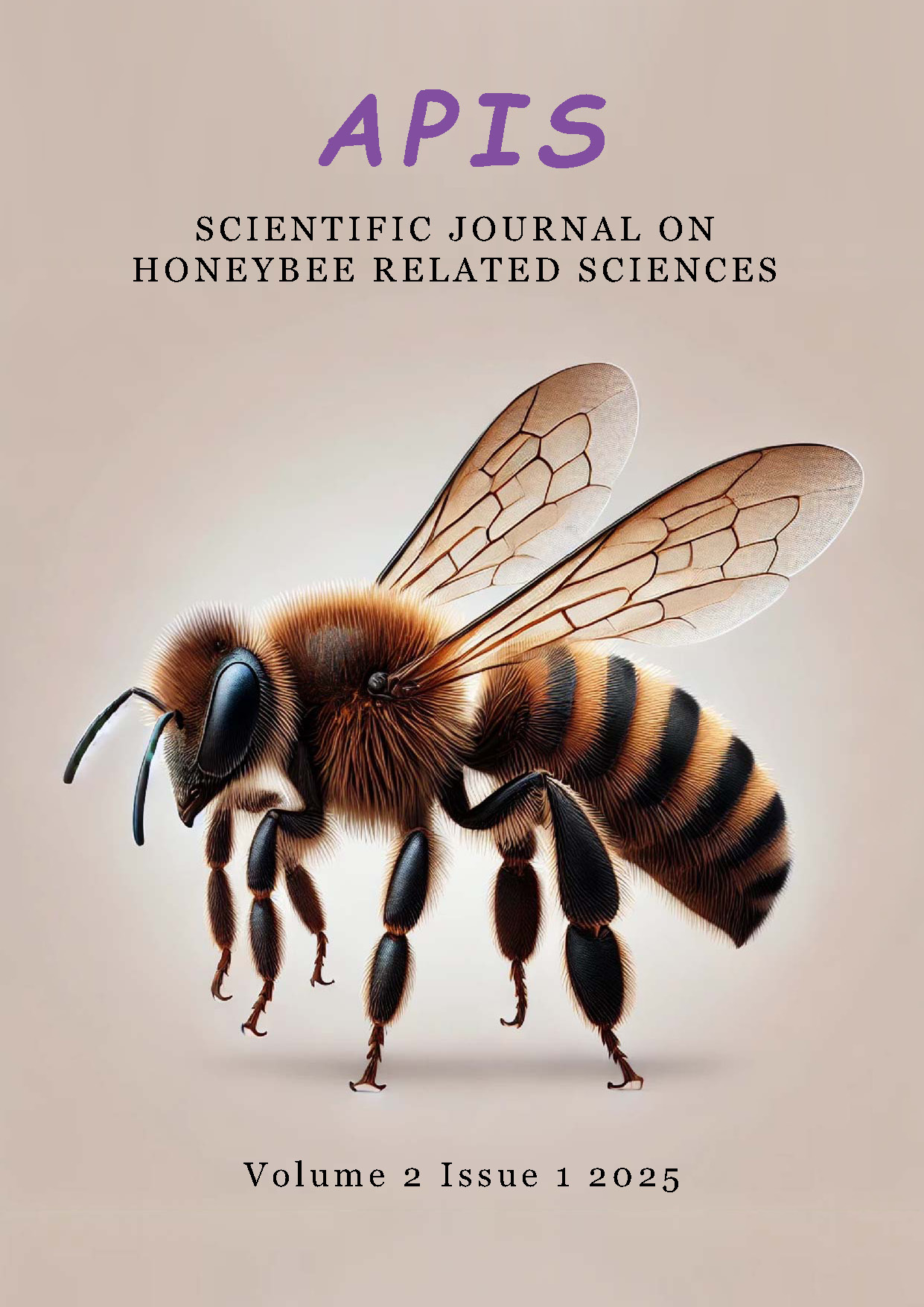High concentrations of Spermidine in Drone Milk (Apilarnil)
Abstract
Spermidine is a biogenic amine. Spermidine induces autophagy and may extend life span, reduce dementia and other common diseases. Therefore, it gained popularity as a food additive derived e.g. from wheat germs. Drone milk or Apilarnil (ApiDrohn®) is a high value hive product extracted from the male larvae and conserved by lyophilisation.
Apilarnil is used in traditional apitherapy for versatile applications.
In this project the presence of Spermidine in Apilarnil (fresh/different-larva-stages/ dry-techniques/vehicle-solutions) was identified and quantified. A workflow was set up comprising an extraction procedure from the freeze-dried Apilarnil (supplied in high purity within Api-Zentrum Ruhr) and a liquid chromatography coupled with a high-resolution time-of-flight mass spectrometer (LC-ESI-QTOF).
Apilarnil in different stages of larva developmental age contains Spermidine in higher concentrations as in wheat germs. Furthermore, Apilarnil contains other bioactive amines and polyamines besides Spermidine. This is the first time that spermidine and several other biogenic amines have been definitely proven to be present in a bee product.
The spermidine content is another column for explanation the various health applications for Apilarnil in apitherapy and is most directly related to its health benefits, although further research has to be done. One of the next tasks will be to understand the synergy between the presence of different bioactive substances like Spermidine and typical hive products e.g. flavonoids.
Copyright (c) 2025 Ingo Tausendfreund, Thomas Gloger

This work is licensed under a Creative Commons Attribution-NonCommercial-NoDerivatives 4.0 International License.




